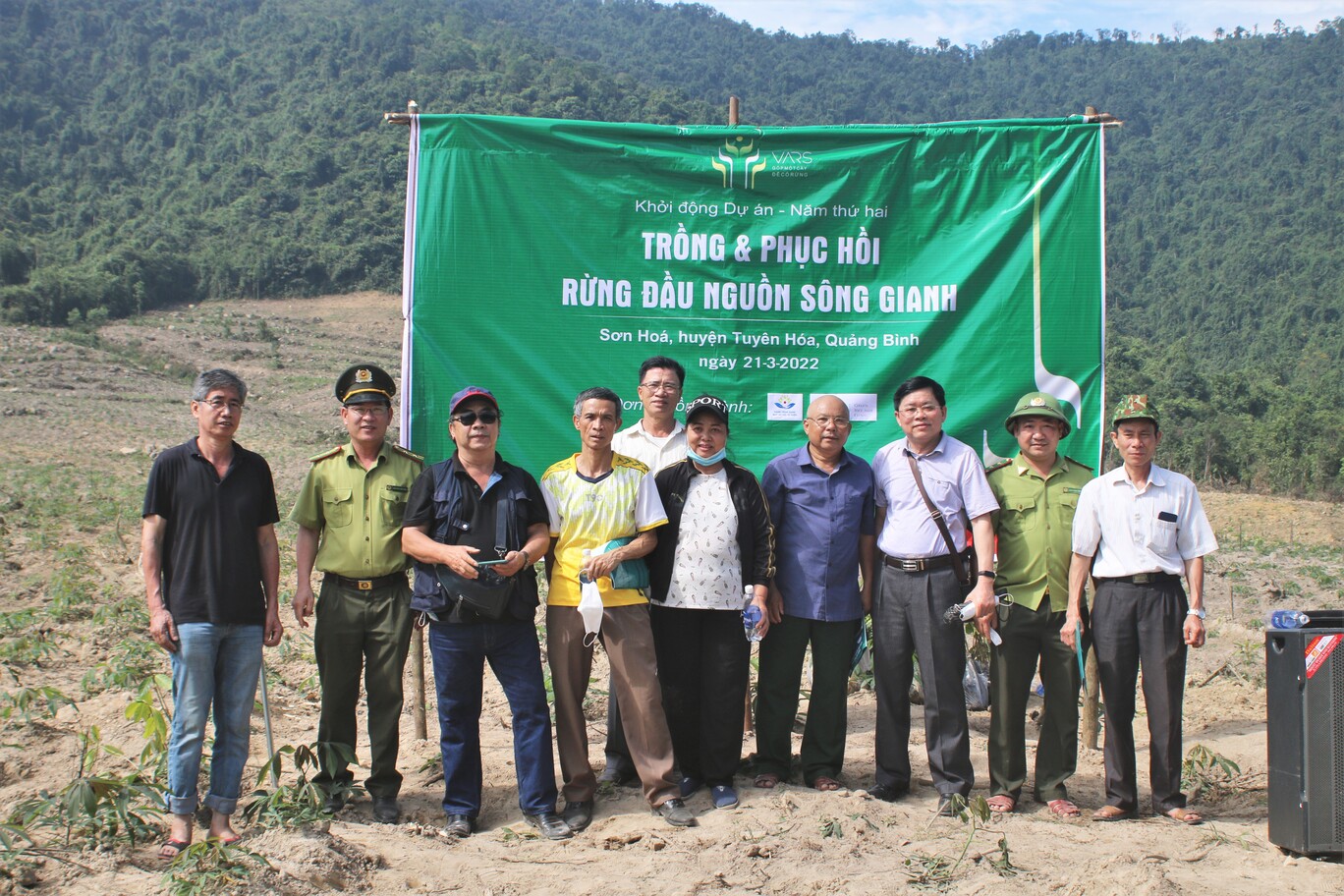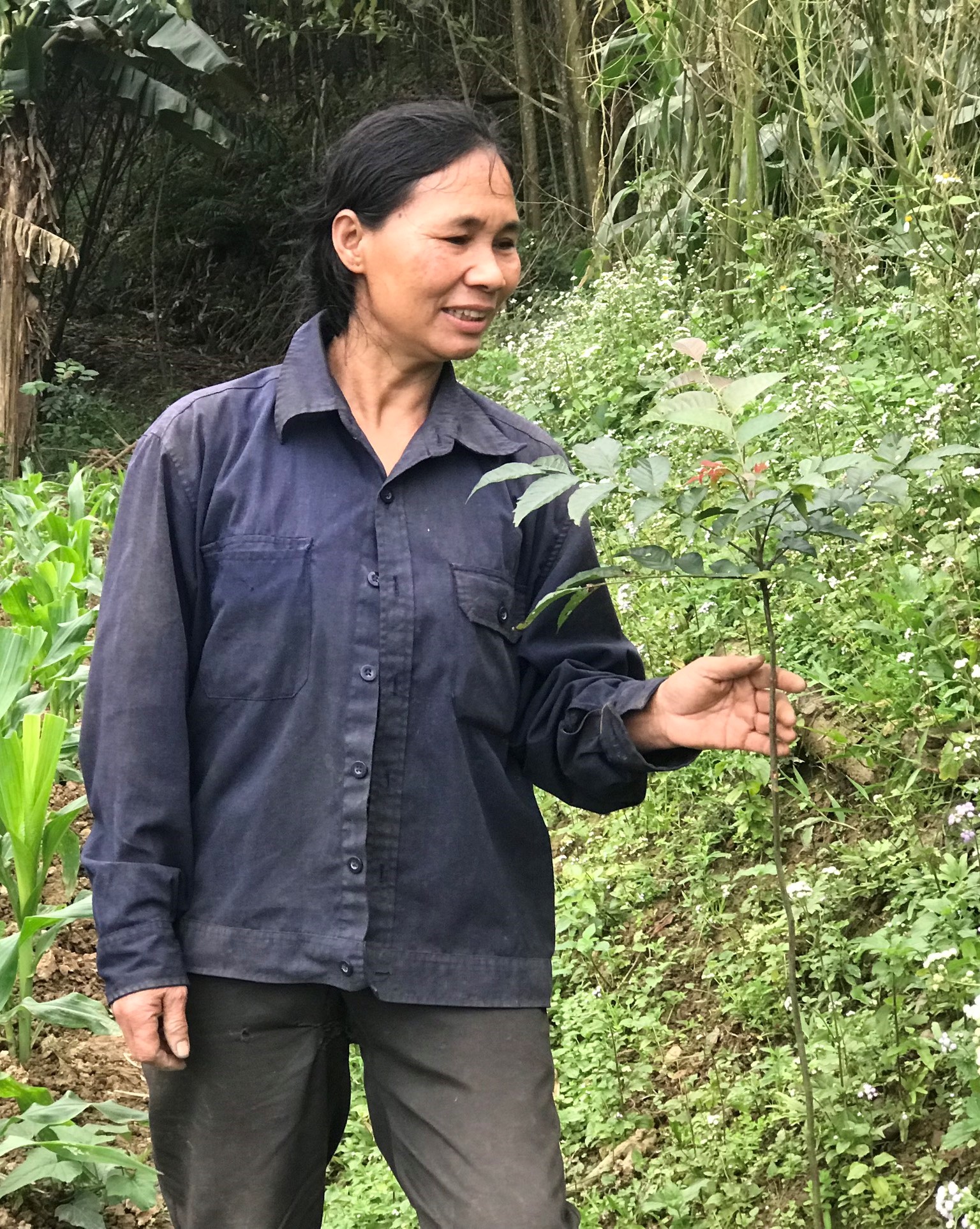Adaptation to climate change

Facing the Problem

Climate change and global warming have been taking place more and more strongly, creating great impacts on the world economy – society – environment. The United Nations report on climate change shows that, even if the Earth’s temperature increases by only 1.5°C according to the target set by the participating countries at COP 26, by 2100 the climate will be severe. 4 times harsher. And if the Earth’s temperature increases by 2°C, the number of storms, floods, droughts and heat waves will increase 5 times. Meanwhile, up to 3.3 billion people are currently living in danger zones due to the impacts of climate change, and the risk of death from extreme weather increases 15 times.
![]() The report also found that about 14% of terrestrial species face a “very high” risk of extinction if global temperatures increase by 1.5°C, this figure rises to 18% and 29% if the temperature increases. With a global temperature increase of 2°C and 3°C, 35% of the Earth’s area will be destroyed by forest fires.
The report also found that about 14% of terrestrial species face a “very high” risk of extinction if global temperatures increase by 1.5°C, this figure rises to 18% and 29% if the temperature increases. With a global temperature increase of 2°C and 3°C, 35% of the Earth’s area will be destroyed by forest fires. ![]()
According to the Asia Climate Report 2021, published within the framework of COP27, Asia’s vulnerability to climate change is increasing, affecting 48.3 million people. It is estimated that natural disasters resulted in a total economic loss of 35.6 billion USD, higher than the average of the past two decades.
Meanwhile, Vietnam is one of the countries most affected by climate change, ranking 5th on the Global Climate Risk Index in 2018 and 8th on the Long-term Climate Risk Index.
Under the impact of climate change, only in the last 10 years, natural disasters such as storms, floods, landslides, inundation, drought, saltwater intrusion… have caused significant damage, death and loss of life. more than 9,500 people are missing, property damage is estimated at 1.5% of GDP/year. In addition, according to the Intergovernmental Panel on Climate Change, when the sea level rises 1m, it is estimated that 5.3% of the natural area, 10.8% of the population, 10.2% of GDP, 10.9% In urban areas, 7.2% of agricultural area and 28.9% of lowland areas in Vietnam will be affected.
In fact, with its efforts, humanity can only reduce the speed and impact of climate change, precisely because of climate change adaptation: “strengthening the resilience of natural and social systems society, minimizing negative impacts of climate change and taking advantage of opportunities brought by climate change” is one of the prerequisite issues in socio-economic and environmental development. Therefore, climate change adaptation is one of the priority activities in the development policy strategies of countries around the world as well as in Vietnam.
HOW TO SOLVE
These Problems?
Responding to climate change and have solutions
In that context , in order to have solutions to reduce greenhouse gas emissions, prevent dangerous human intervention in climate change, and to have commitments and solutions to respond to climate change of other countries. countries globally as well as between developed and developing countries, the United Nations Framework Convention on Climate Change was established in 1992 and officially entered into force in 1994 with 165 signatories. and concretized in the Kyoto Protocol (1997) with 195 signatories, followed by the participation of 197 countries in the Paris Agreement (2015). And evaluate the progress in dealing with climate change every year through the Conference of the Parties (COP).
Vietnam is one of the proactive, active and responsible countries in climate change prevention and control, having actively participated in the 1992 United Nations Framework Convention and signed the Kyoto Protocol. 1998) The Paris Agreement (2016) and made commitments to support global initiatives to respond to climate change at COP26, including reducing emissions to zero by 2050, and develop policies implement in the country and implement practical and effective actions in the fight against climate change such as Decision No. 896/QD-TTg dated July 26, 2022 approving the National Strategy on Climate Change. period to 2050 with the goal of proactively and effectively adapting, reducing vulnerability, loss and damage due to climate change, reducing greenhouse gas emissions according to the goal of net zero emissions by 2050 as Vietnam committed at COP26. Vietnam has also developed and replicated climate change adaptation models based on ecosystems, community and nature.
Solutions From CEGORN
In the context of increasingly strong climate change and its impacts on the economy, society and environment, climate change adaptation activities are one of the priorities of the Vietnamese government. Therefore, CEGORN has been contributing to this effort by supporting the community to adapt to climate change.

From 2021, CEGORN implements activities to support the community to plant and restore forests, with the support of VARS, with the goal of planting 100 hectares of forest per year in the program of Planting and restoring forests on the Gianh River watershed. Planting and restoring natural forests with native trees in watershed areas not only improves forest cover, reduces greenhouse gas emissions, but also contributes to the goal of net zero emissions by five years. 2050 as Vietnam committed at COP 26, and more specifically, the restoration of watershed forests will contribute to reducing floods and droughts in riparian and downstream areas – one of the manifestations of climate change causing great damage in Vietnam.

In addition, CEGORN also carries out activities to support wildlife conservation, forest conservation and contributes to forestry and land policies for sustainable management.
At the same time, supporting the community in developing agro-forestry adaptation to climate change is one of the goals that CEGORN is aiming for. Models of agro-forestry combined with wildlife conservation, models of forest product development under the forest canopy in the Central and Central Highlands provinces.
In addition to field modeling activities, CEGORN also conducts research and consulting activities related to forest protection, biodiversity conservation, resource development based on indigenous culture, contributing to reducing risk risk due to climate change.
Related Posts

